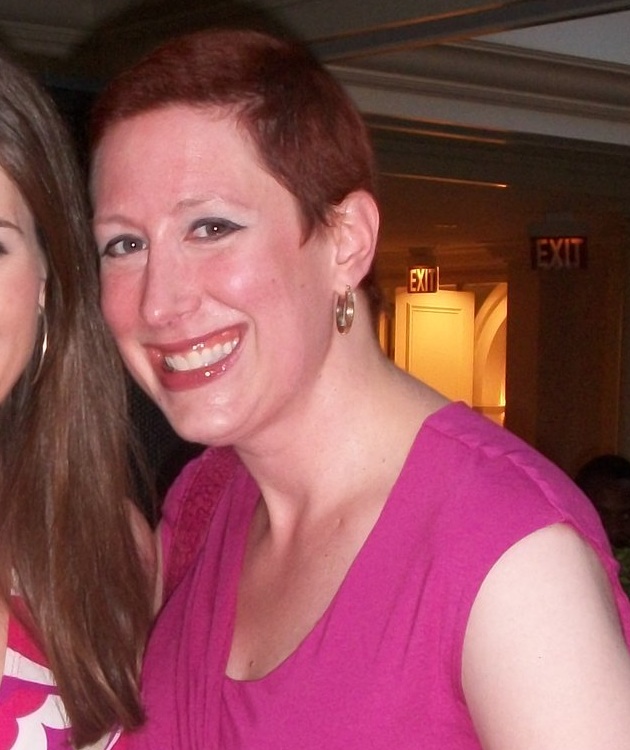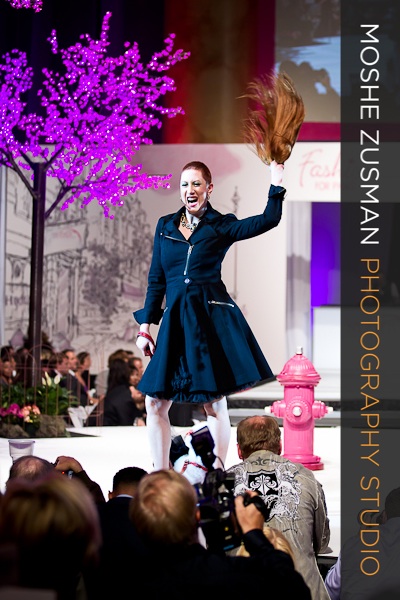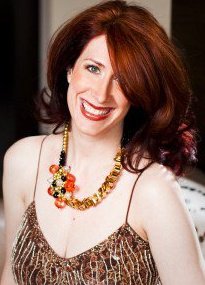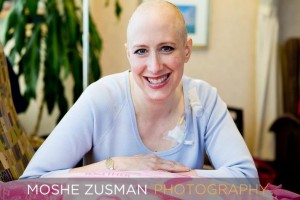In late May, I started an oral medication, tamoxifen, to block the estrogen in my body in the hopes of preventing my cancer from returning. (Research has shown that tamoxifen is as helpful as chemotherapy in that regard.)
On one full dose and four half doses over the course of five days, my body expressed much displeasure! I couldn’t concentrate much or sleep well. I was nauseous, vomiting and dizzy. I had an almost constant headache and intense hot flashes.
I had plans to attend a charity event on a Friday evening in late May, but I cancelled them because I felt so nauseous and tired. An hour later, as I was watching some guilty pleasure television, I had a dark thought. Correction, a really dark thought.
That’s not my personality so I had a confused expression on my face. (Imagine me looking at myself oddly, if that’s possible.) I decided to just keep focusing on my show. An hour later, another really dark thought entered my head.
I thankfully know myself very well. I’m not one who gets that stressed or depressed about health issues. I’ve also never questioned whether I would survive treatment or whether I wanted to survive. (Of course, I would and I do!)
I knew that tamoxifen had caused me to have these thoughts. I picked up the telephone and called one of my best friends. After talking to her for 15 minutes, I called my oncologist on his cell phone. I apologized for bothering him on a Friday evening, but acknowledged that I didn’t think this should wait until Monday. He agreed, saying:
This isn’t you. This is the medication. This side effect is a very rare one, but I know that it has happened to some of my patients over the years. Stop the tamoxifen immediately. It will take time for the drug to get out of your system. Try to be patient, and we’ll figure out another drug for you to take when I see you next.
My normal thoughts and sex drive returned within 36 hours. I started sleeping better and concentrating with greater ease within a week. But, the headaches, vomiting and intense hot flashes persisted for another three weeks.
When I saw my oncologist next, he commented that one in 20 patients has this reaction.
"5%?" I inquired, as he nodded. "That's not a very rare side effect!"
I’m not one who believes that the pharmaceutical industry is one big conspiracy or that the health care field is trying to take all our money. But, the more I read about tamoxifen, the more concerned I am about why this drug is oncologists’ first resort.
EHealthMe recently analyzed 49 FDA reports and surveyed patients about their reactions to tamoxifen. The study determined that 49 people out of 6,123 patients reported suicidal thoughts while taking the drug. That’s 8% of patients, and this is NOT listed as a possible side effect of the medication!
It worries me that patients and oncologists aren’t talking about the potential risk before starting treatment, especially given how many women are taking tamoxifen. The drug has also been linked to increasing risks of uterine and liver cancers, estrogen receptor negative breast cancer, and blood clots.
If you have breast cancer, tamoxifen might be the right choice for your treatment plan. I know several women who are taking the drug and have tolerated it well. There also are other drugs out there with similar purposes and less known side effects.
Research supports that the benefits of tamoxifen or similar estrogen blocking medications outweigh the risks. Nonetheless, I'm not exactly looking forward to starting a new medication in July.
Have you or a loved one taken tamoxifen? If so, how was the drug tolerated?
What would you do if you had an alarming reaction to a medication?
How do you deal with a medical problem that happens after typical office hours?





